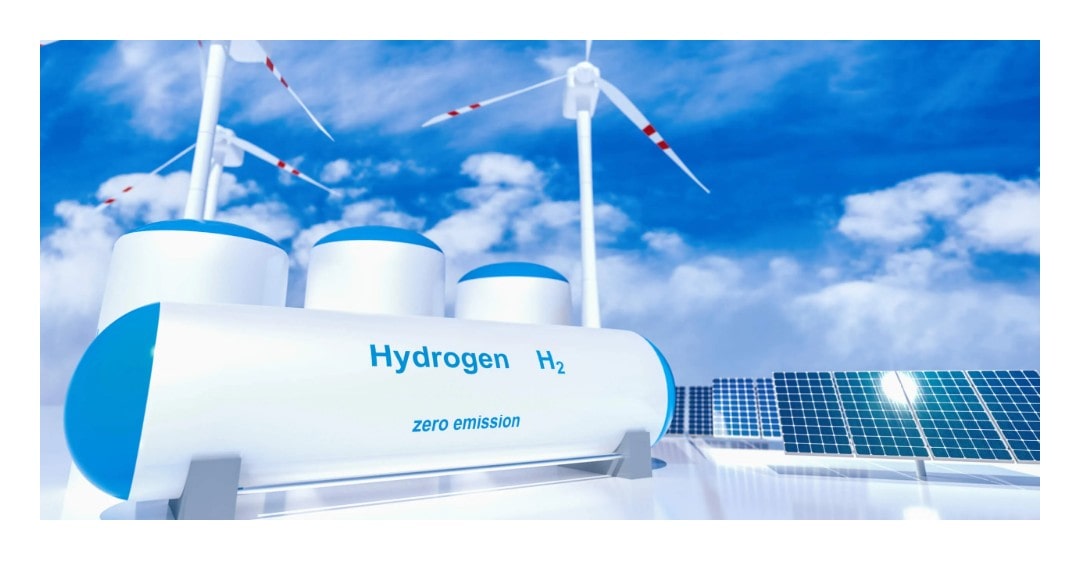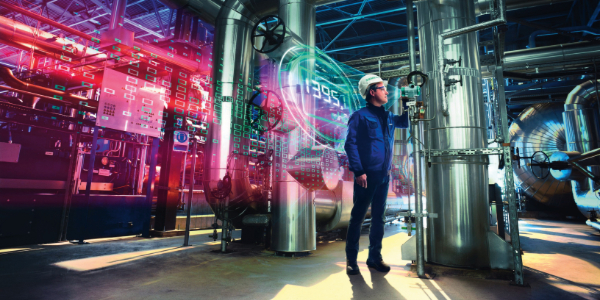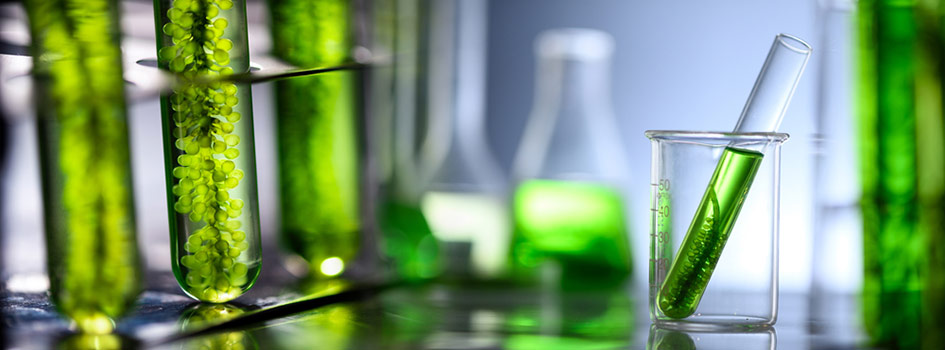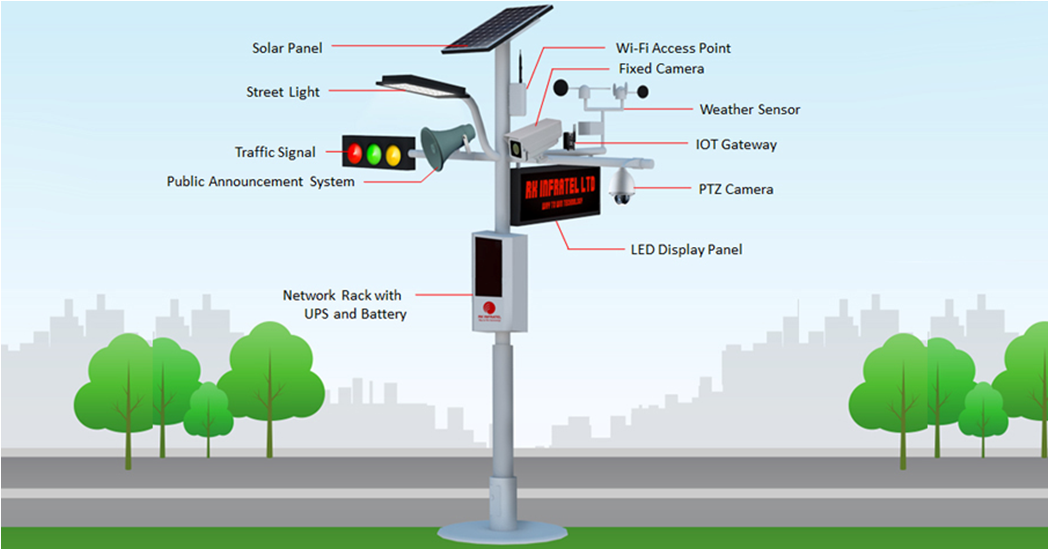Green Hydrogen as a Renewable Energy Storage Technology

Renewable energy generation can range from surplus to insufficient in a single day, as producers are well aware. The solution is reliable, stable, and long-term energy storage: store surplus energy during peak production and distribute it at peak consumption.
For renewable energy storage, rechargeable batteries are often employed. Batteries, on the other hand, are only suitable for short-term storage. The best solution for extended storage—from overnight to seasonal—is hydrogen supported by fuel cells.
The hydrogen is produced using low-cost renewable surplus power, then stored and converted back to electricity using fuel cells—a zero-emission and time-proven technique.
The requirement for a reliable grid
Each energy producer understands the difficulties of maintaining a stable and balanced energy grid. Production of fossil-fuel-based systems can be scaled to suit demand. During times of high demand or poorer generation, some renewable-based power systems have relied on diesel and other fossil fuels. However, truly zero-emission power is in high demand today and in the future.
Long-term power is insufficient with rechargeable batteries
Most current zero-emission systems use lithium-ion batteries, which are charged by surplus electricity during peak production and discharged when production is low or consumption is high.
- Lithium-ion batteries have a long list of drawbacks when it comes to grid-level power:
- Short-term energy storage: The majority of battery-powered solutions store energy for one to four hours. Longer-lasting remedies (more than 12 hours) are not economical.
- Battery life is limited: Batteries have a limited number of recharge cycles, and their life is reduced in cold temperatures.
- When working temperatures are high, and batteries are charged in frigid conditions, there is a risk of overheating.
- Lithium's environmental concerns: Lithium battery production is energy intensive and has a high carbon footprint, and lithium battery disposal is a concern for the environment. Lithium is linked to resource depletion, global warming, ecological toxicity, and human health effects on a huge scale.
Long-term zero-emission renewable energy storage with hydrogen fuel cells
Electrolysis is used to create "green" hydrogen, which is produced using renewable electricity. Water molecules are separated into hydrogen and oxygen by PEM (proton exchange membrane) electrolyzers, which are onsite at the wind/solar power station. The hydrogen is kept in tanks until it's time to use it. The hydrogen is then used to feed fuel cells, which provide megawatt-scale power—enough reliable, stable, and emission-free energy to power a building, facility, or regional grid.
Green hydrogen can even be stored seasonally, from the summer when the sun is shining brightly to the winter when the days are shorter and darker. A grid-scale hydrogen fuel cell solution takes up significantly less space than a battery storage facility of comparable size, and hydrogen fuel cells do not require the hazardous chemicals used in lithium-ion battery manufacturing. A sophisticated recycling/refurbishing system for hydrogen fuel cells is also in existence.
Role of Policies in Support of a Multi-Sector Global Hydrogen Economy
In order to accomplish rapid expansion, a secure and supportive governmental environment will be required to encourage adequate private investment across the entire hydrogen supply chain network (equipment makers, infrastructure providers, and vehicle manufacturers, among others) (Hughes and Agnolucci, 2012). Technology-neutral solutions aimed at end users can boost hydrogen demand and infrastructure spending throughout the multi-sector. Carbon price restrictions, pollution laws (low-emission regions, emissions standards, or objectives), renewable energy content-related regulations, or carbon pricing for specific industries are examples of such devices (Nastasi, 2019).
Measures are required in the short term to cover the initial cost gap (partially) with incumbent technologies (Tsai and Mezher, 2020). This refers to fuel cell vehicle (FCEV) applications and investing in infrastructure. Such incentives (CAPEX subsidies, tax rebates), with a simple phasing-out route, can be aimed at priority technologies and segments.
Green hydrogen for the energy transition
Fortunately, projects are already underway all over the world to provide green hydrogen with the boost it needs. This sector will surely benefit greatly from the Green New Deal and the Next Generation Europe initiative. By 2024, the European Union plans to manufacture one million tonnes of green hydrogen. Hydrogen is expected to account for 14% of the energy mix in 2050, up from 2% currently, according to the European Union. Which countries use green hydrogen the most?
Chile is spearheading the charge for green hydrogen in Latin America. It presented its National Green Hydrogen Strategy at the end of 2020. This took the shape of a three-pronged strategy: create the cheapest green hydrogen on the planet by 2030, be among the top three exports by 2040, and have 5GW of electrolysis capacity under construction by 2025.
Australia is now leading production plans for this new clean fuel, with intentions to build five megaprojects in the country, thanks to its substantial renewable energy resources, particularly wind and solar power resources.
China is the world's leading producer of hydrogen, but it has so far relied almost entirely on fossil fuels to do so. However, the country is making its first foray into the green hydrogen market by building a mega-project in the Inner Mongolia Autonomous Region in the country's north. This project, which is projected to be completed in 2021, intends to generate 5 GW from wind and solar energy.
Impact of COVID-19 on Global Green Hydrogen Sector
The global epidemic produced by COVID-19 has impacted many businesses throughout the world. Several supply chains, logistics, raw material providers, miners, and others have been impacted by insufficient supplies. COVID-19 has had a substantial impact on global energy networks, lowering investments and posing a threat to the growth of clean energy technology. Small but innovative companies that supply hydrogen and fuel cell technology are expected to face severe liquidity constraints in the short term, as sales are expected to drop sharply, leading to layoffs or even bankruptcy. Governments all across the world have had to reevaluate their already planned climate change programmes and projects in light of COVID-19 and the worst oil crisis in history.
The worldwide green hydrogen market has also suffered as a result of the epidemic. Several enterprises, commercial buildings, factories, and other institutions have been forced to close as a result of several countries' nationwide lockdowns.
Major Market Highlights
- GAIL (India) Ltd., a state-owned firm, said in October 2021 that it intends to build India's largest green hydrogen-production facility to supplement its natural gas operations with carbon-free fuel. The plant will have a capacity of 10MW, making it the country's largest to date. GAIL intends to sell the hydrogen it generates to fertiliser manufacturing plants, which are required by law to use hydrogen as a fuel source.
- Hy Stor Energy, an American start-up, revealed intentions in October 2021 to create a USD 3 billion green hydrogen production and storage hub in Mississippi, which will be ten times larger than any other project in the country. Using solar-powered electrolysis, the Mississippi Clean Hydrogen Hub (MCHH) will produce roughly 110,000 tonnes of green hydrogen yearly in its first phase.
Conclusion
Today's main and preferred energy storage medium is lithium-ion batteries. Why should we be concerned about hydrogen because it is inexpensive and well-understood?
Even if all of the lithium on our planet were allocated to grid storage, we would still fall far short of the energy storage capacity required by the system. According to UCI, 20,000TWh of storage would necessitate almost 3,000 million tonnes of lithium, which is 60 times the quantity found on Earth. Furthermore, the massive lithium-ion battery would only last five to ten years before we'd have to create an entirely new energy storage system.
Hydrogen, on the other hand, is abundant - it is the most abundant molecule in the universe. Hydrogen is mostly found on Earth tied together in compounds like water, which is the most prevalent substance on the planet.
Hydrogen can be found in practically all organic molecules, including living animals and plants as well as long-dead animals and plants (called fossil fuels), which is why most hydrogen gas today is derived from fossil fuels. Because hydrogen can be found in one form or another almost anywhere on the planet, it has a lot of potential as a locally produced green energy source for almost any community.
While lithium-ion energy storage is an important instrument, there is simply not enough lithium to meet our clean energy future's needs. Only abundant, readily available hydrogen can enable a worldwide sustainable energy future by providing large-scale storage capacity and variable discharge horizon.










